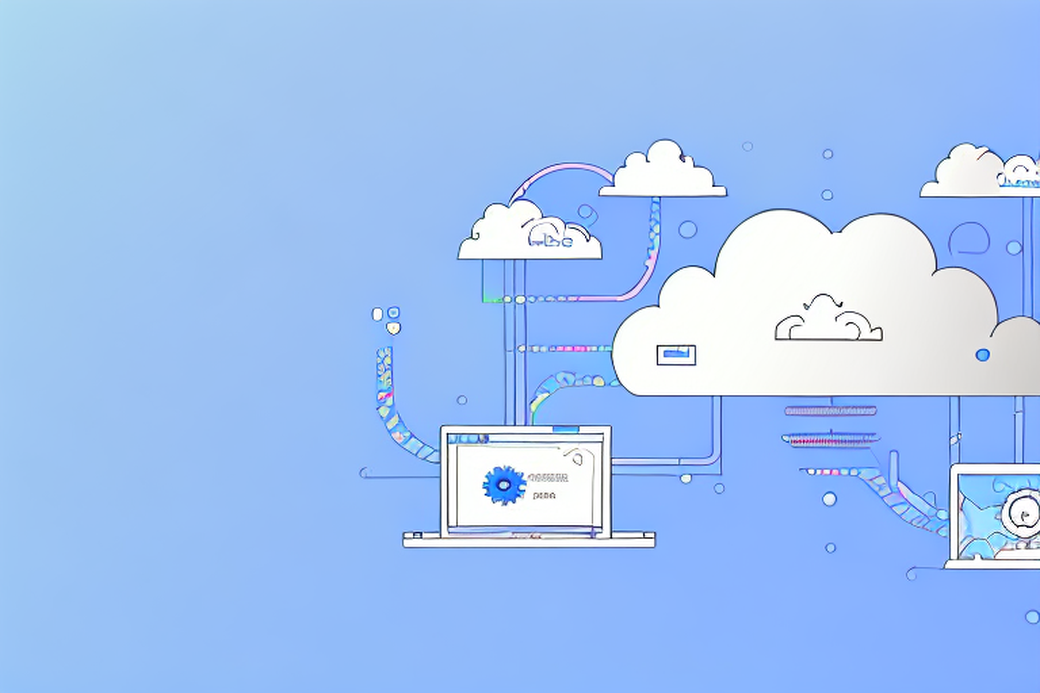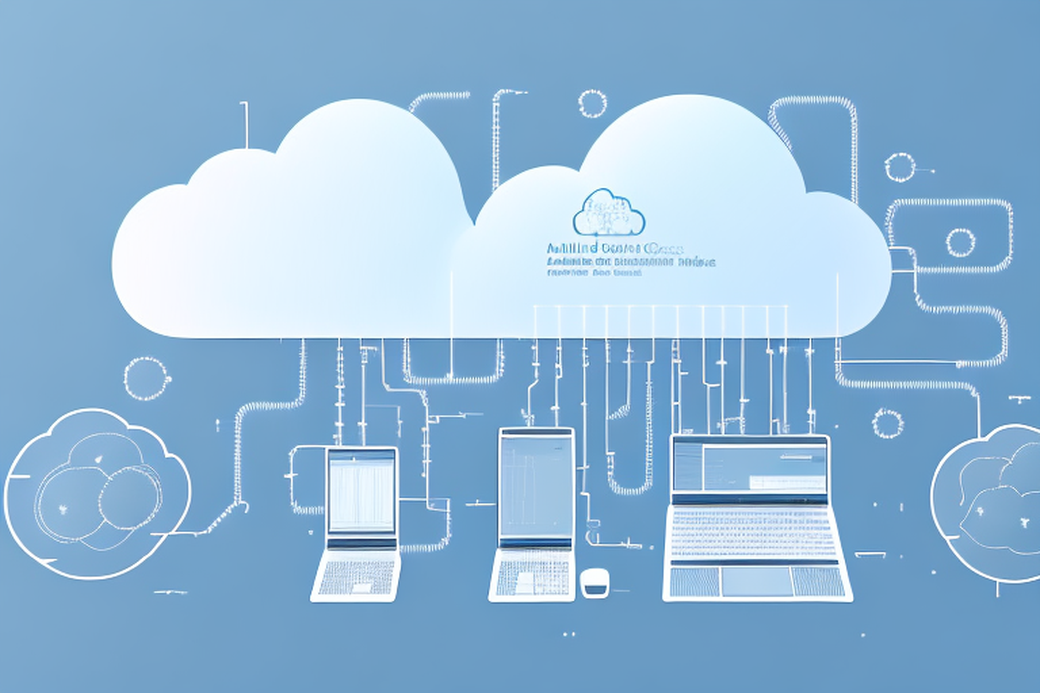Table of Contents
#Kubernetes Multi-tenancy and RBAC
- Kubernetes Multi-tenancy and RBAC - Implementation and Security Considerations
- Kubernetes Multi-tenancy and RBAC - Management, Automation, Monitoring, and Auditing
- Kubernetes Multi-tenancy and RBAC - Advanced Scenarios and Customization
Kubernetes has become the de facto standard for container orchestration in modern cloud-native environments. However, as organizations increasingly adopt Kubernetes, they are faced with new challenges in managing multi-tenancy and access control for their clusters. This article provides an in-depth guide to implementing role-based access control (RBAC) in multi-tenant Kubernetes clusters to ensure tenant isolation and improve security.
#Implementing RBAC in Multi-Tenant Kubernetes Clusters
Multi-tenancy is becoming an increasingly popular approach to hosting multiple isolated workloads or tenants on a single Kubernetes cluster. This approach can help organizations save costs and reduce complexity by sharing resources across multiple applications. However, simply creating namespaces is not enough to ensure proper isolation and access control.
#Using Namespaces to Isolate Tenants
When creating namespaces for multi-tenancy, it is recommended to include a prefix or label to clearly indicate which tenant or workload the namespace belongs to. This can help administrators quickly identify which resources belong to which tenant, and can help prevent confusion or accidental misconfiguration.
Namespaces can also be used to limit resource usage for specific tenants. By configuring resource quotas for each namespace, administrators can ensure that no tenant exceeds their allotted resource usage. This can help prevent resource contention and ensure that each tenant has access to the resources they need to run their application.
#Defining Tenant-Specific Roles and Role Bindings
Role-Based Access Control (RBAC) in Kubernetes involves defining roles and associated permissions, and then binding those roles to users or groups through role bindings. In a multi-tenant environment, it is important to define tenant-specific roles and role bindings to ensure that each tenant has access only to the resources they need.
For example, a web application may require read access to a database, but should not be able to modify the database schema. To achieve this, a role might be defined that grants read-only access to the database, and then bound to a service account or group specific to the web application’s namespace. This can help prevent accidental data loss or corruption caused by unauthorized modifications.
#Managing Access to Shared Resources with ClusterRoles and ClusterRoleBindings
Clusters often have resources that are shared across multiple tenants, such as a load balancer or shared storage. In these cases, it is necessary to define ClusterRoles and ClusterRoleBindings to manage access to these shared resources.
ClusterRoles are similar to roles, but apply to the entire cluster rather than a specific namespace. They can be used to define permissions for shared resources such as the Kubernetes API server or persistent volumes. ClusterRoleBindings associate a ClusterRole with a user, service account, or group, which then grants those permissions across the entire cluster. This can help ensure that only authorized users or services have access to shared resources, and can help prevent security breaches.
#Best Practices for Designing RBAC Policies in Multi-Tenant Clusters
When designing RBAC policies for multi-tenant clusters, there are several best practices to keep in mind:
- Use namespaces to logically isolate tenants. This can help prevent accidental misconfiguration and can make it easier to manage resources.
- Define roles and role bindings that are specific to each tenant. This can help ensure that each tenant has access only to the resources they need, and can help prevent unauthorized access.
- Avoid over-permissive access policies that grant unnecessary privileges. This can help prevent accidental data loss or corruption caused by unauthorized modifications.
- Use resource quotas to enforce resource limits for each tenant. This can help prevent resource contention and can ensure that each tenant has access to the resources they need to run their application.
- Regularly review and audit RBAC policies to ensure they are still appropriate. This can help prevent security breaches and can ensure that RBAC policies remain effective as the cluster evolves.
By following these best practices, organizations can ensure that their multi-tenant Kubernetes clusters are secure, efficient, and easy to manage.
#Security Considerations for RBAC in Multi-Tenant Clusters
RBAC is an essential component of Kubernetes security, but it is not the only consideration when managing multi-tenant environments. There are several additional security concerns that must be addressed to ensure proper tenant isolation and protect against threats.
#Avoiding over-permissive access policies
Creating overly permissive access policies can result in a security breach, as it can expose sensitive data or services to more users than necessary. That is why it is important to follow the principle of least privilege, giving a user only the permissions necessary to complete the task at hand.
#Managing sensitive resources and secrets in a multi-tenant environment
In a multi-tenant environment, there are often sensitive resources and secrets that must be protected. This may include database credentials, API keys, or SSH keys. Kubernetes provides options such as Secrets, ConfigMaps, and the ability to encrypt data at rest to help protect sensitive resources.
#Ensuring tenant isolation with network policies and additional security controls
Even after proper RBAC and access controls are implemented, additional security measures should be put in place to ensure tenant isolation. One approach is to use network policies to restrict traffic between namespaces or specific pods. Another option is to implement additional authentication and authorization controls, such as two-factor authentication or intrusion detection systems.
#Conclusion
In conclusion, implementing RBAC in multi-tenant Kubernetes clusters is essential for maintaining tenant isolation and improving security. By using namespaces, defining specific roles and role bindings, and managing access to shared resources with ClusterRoles and ClusterRoleBindings, organizations can ensure that each tenant has access only to the resources they need. Furthermore, by implementing additional security measures, organizations can further protect against threats and breaches.
#Additional Articles You May Like:
- Kubernetes Multi-Tenancy – A Best Practices Guide
- Kubernetes Multitenancy: Why Namespaces aren’t Good Enough
- Kubernetes Multi-Tenancy with Argo CD And Loft
- Kubernetes Multi-Tenancy: Why Virtual Clusters Are The Best Solution
- [Video] Beyond Namespaces: Virtual Clusters are the Future of Multi-Tenancy
- 5 Tips for Dealing with Kubernetes Day 2 challenges
- Getting the most out of your Delivery Pipeline with Loft & Argo CD
- How Codefresh Uses vcluster to Provide Hosted Argo CD
- What is GitOps and Kubernetes
- Multi-Tenant Kubernetes Clusters: Challenges and Useful Tooling
- Kubernetes Multi-Tenancy to Unlock End-to-End Testing in the Production Environment










